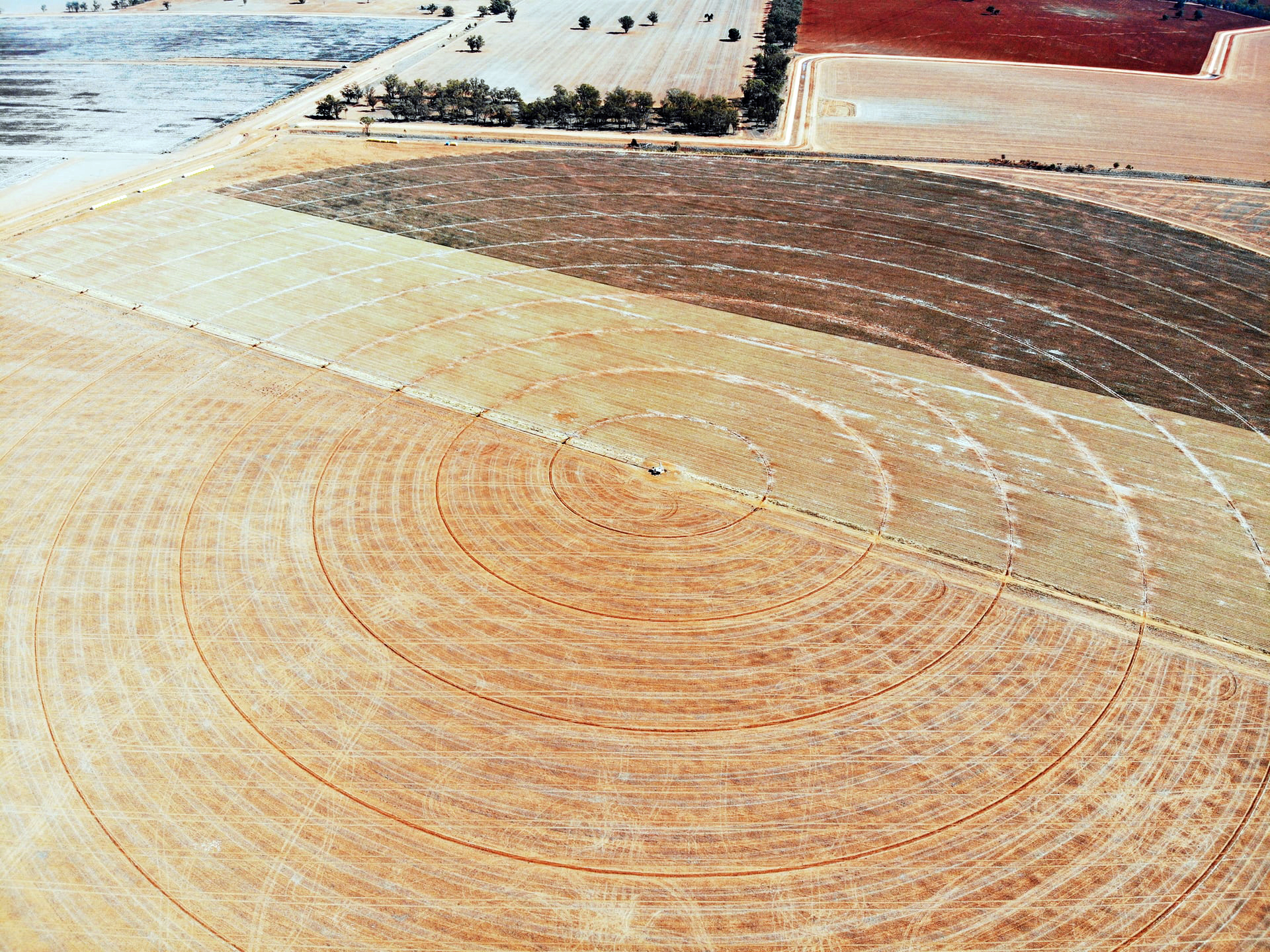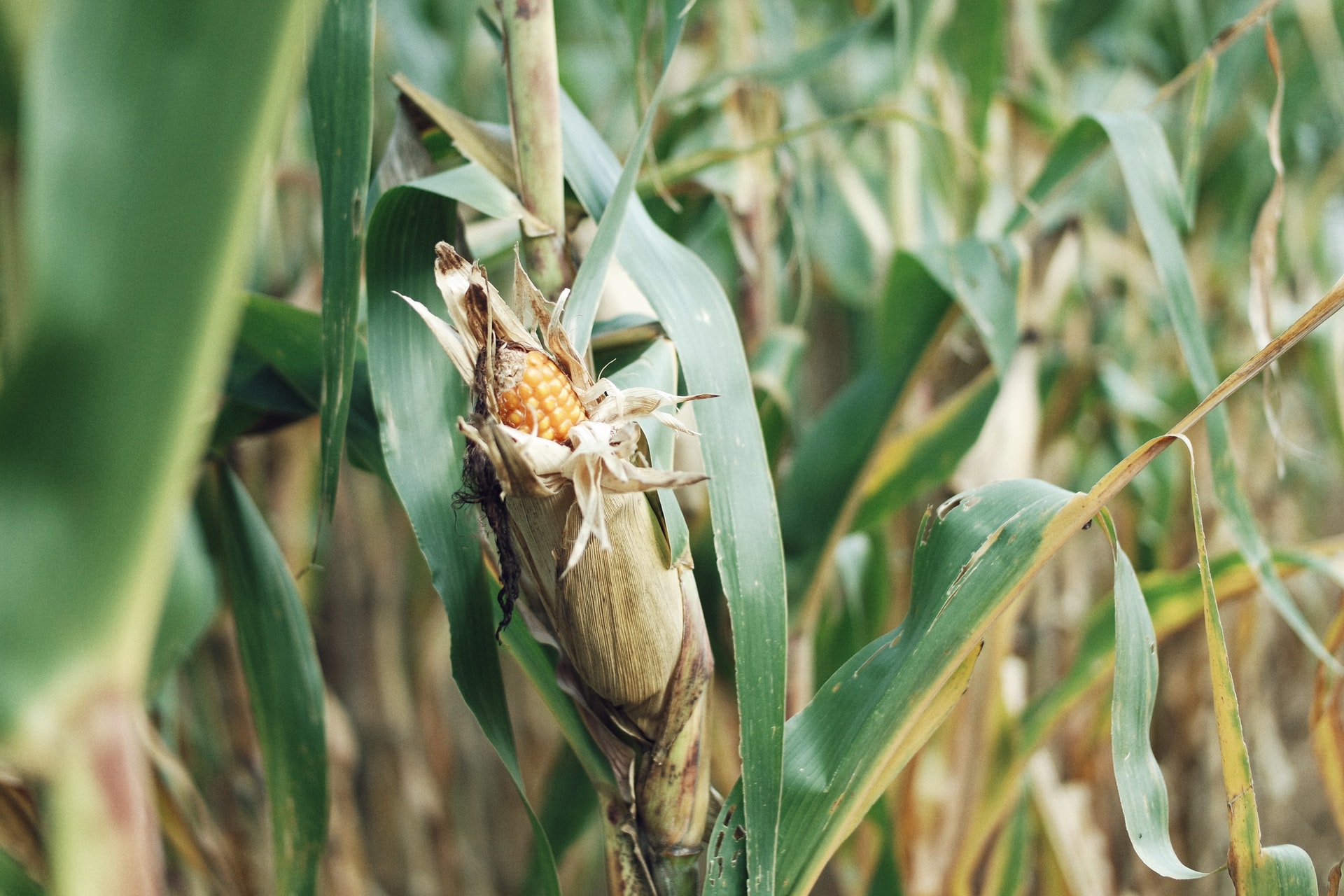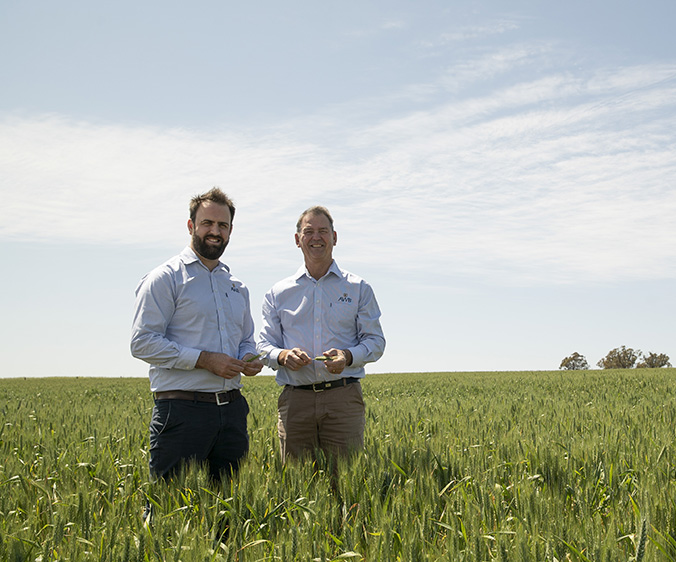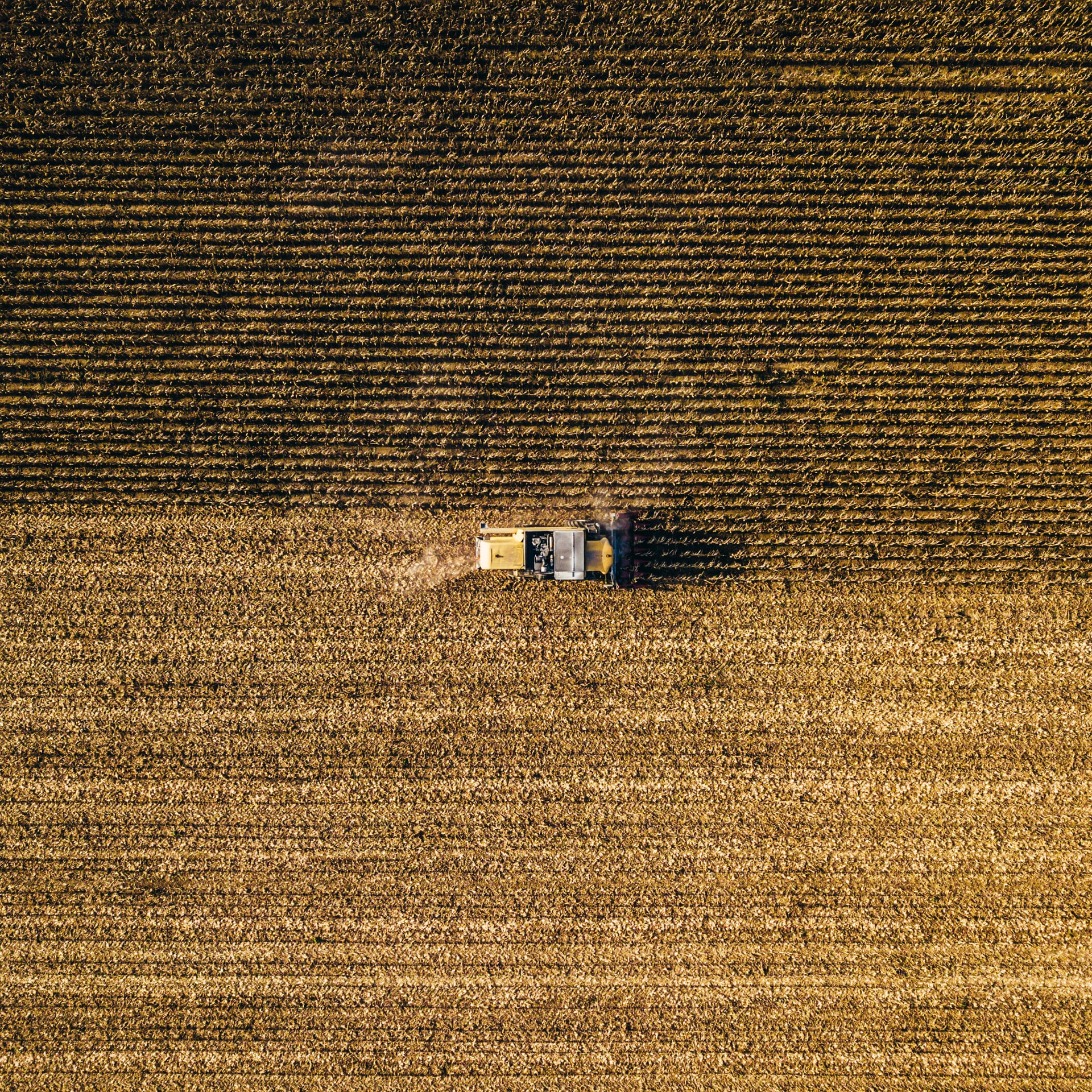Variable harvest predicted
By Matt Wallis
June 8th has been welcomed with ABARE releasing their updated Agricultural Outlook for 2021.
As expected, the production figures for the 2020-21 harvest and prospects for the 2021-2022 harvest are forecast at well above average, however worth noting this is not without regional variation.
Total winter crop production for the 2020-21 harvest was estimated at 55.23 million metric tonnes, 1.45 million tonnes behind that of the record 2016-17 harvest. Wheat made up 33.34mmt, barley 13.09mmt and canola 4.05mmt. Notably, total New South Wales production was estimated at 18.66 million metric tonnes or 3.15mmt larger than that of the previous state record set in the 2016-17 season. Of the 2020-21 harvest production figures, Queensland was the noticeable drag relative to 2016-17 producing approximately 50% less in harvest just been.
The outlook for the 2021-22 harvest was equally inspiring fueled by optimism regarding the BOM’s rainfall outlook and current sub soil conditions throughout the New South Wales grain belt. Overall, 46.8 million tonnes are forecast for the 2021-22 winter crop which is approximately 13% above the 10-year average. A record area of 23.19 million hectares is expected to have been sown although a poor start to parts of the Victorian grain producing regions is expected to reduce the production prospects.
For New South Wales, area planted to wheat is expected to be around 3.7 million hectares producing 8.88 million tonnes with 900 thousand hectares of barley producing 2.12 million tonnes and 700 thousand hectares of canola producing 1.05 million tonnes.
The narrative changes in Victoria where the state has been split in half regarding year to date accumulated rainfall. The south west to central cropping regions are off to a reasonable start whereas the northern Mallee and Wimmera are experiencing some ‘character building’ moments with a less than favorable start. Having said that, the state is still forecast to produce 3.33 million tonnes of wheat, 1.99 million tonnes of barley and 734 thousand tonnes of canola.
Following on from Victoria, South Australia is another state divided. The northern regions including the Eyre Peninsula and Murray Mallee were predominantly dry sown with limited rainfall accumulating post sowing. As we head further south the upper, mid and lower south east have managed to accumulate rain from May onwards to get the crop up and going. 4.1 million tonnes of wheat, 2.21 million tonnes of barley and 1.45 million tonnes of canola are forecast for the state.
To finish on a high, a record winter crop is forecast to have been planted in Western Australia with a total of 8.7 million hectares planted highlighting the favorable start to the season experienced in the west. 10 million tonnes of wheat, 4.1 million tonnes of barley and 2.1 million tonnes of canola has been forecast to be produced. Notable canola hectares are forecast to have increased by 35% from last year to a record high 1.6 million hectares.
To compliment these figures, the Bureau of Meteorology has forecast an above average chance for the east coast cropping belts to receive greater than average rainfall over the June to August period.
It's all happening

There’s rarely a dull day in Australian Agriculture and the past few weeks has been no exception, with a lingering summer program seeing both harvesting and planting operations being carried out side-by-side in many areas of the East Coast, with the associated logistics of it all under the pump too.
Read MoreSouthern crops on tenterhooks

As we progress through the month of May, the absence of rain continues to concern our friends in Victoria and South Australia who are still waiting for their traditional break to the season.
Read MoreUncertain outlook expected to provide opportunities

Farmers marketing their grain will need look at the global picture to understand where the risk and reward may be. With the most recent World Agricultural Supply and Demand Estimates (WASDE) report released, it may pay to keep an eye on global supply and demand.
Read MoreRising tide lifts all boats

The last month has seen an extraordinary run across all major global agricultural commodities with severe weather concerns and strong demand dominating the headlines.
Read MoreWA Market Wrap - April

What a month it has been. A Cyclone tore through the northern wheatbelt, heavy downpours for the remaining wheatbelt and commodity markets rallying heavily over the past three weeks...
Read MoreAustralian grain in the box seat

...while growers are largely wanting to get the crop established before genuinely engaging the market, it is interesting to understand what is driving Australia’s values at present and whether the influencing factors will be present for the remainder of the season.
Read More